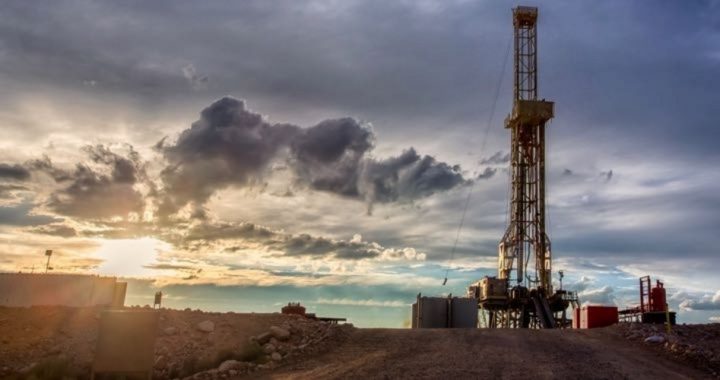
Less than two months ago, gasoline prices were headed for $3 a gallon. Today they’re headed for $2 a gallon. This is good news for summer vacationers traveling by car on road trips to theme parks and national parks. Nearly a third of America’s drivers will take a trip by car this summer, burning more than 400 million gallons of fuel every day.
The potential savings are immense, and they’re tax-free.
But not cost free.
U.S. frackers haven’t turned a profit in 10 years, and investors have not only been putting pressure on them to show them a return on their investments, but have largely shut off the flow of new investment capital until they do. Last year oil companies raised about $22 billion from both equity and debt financing, less than half what they raised in 2017 and less than a third of what they raised just five years ago.
More than 170 small fracking companies weren’t able to survive and declared bankruptcy last year. Another eight small fracking companies have cratered so far this year. And if oil prices continue to slide — crude oil hit $66 a barrel less than two months ago but now trades at $54 a barrel — lack of investors’ funds will be the least of their worries. Survival will be their top priority. Those companies going bankrupt last year left investors holding the bag on nearly $100 billion, and new investors aren’t interested in repeating the experience.
So fracking companies, determined to expand their operations while making them more efficient in order to make them profitable, are using riskier and higher-cost strategies to keep them pumping. Some are selling off some of their assets, while others are considering new issues of bonds. But investors are likely to rate their bets as high risk, and will demand much higher interest rates to offset the perceived risk. Some estimates place the cost of new money at 13 percent a year, almost double what investors were willing to accept just a year ago.
Another strategy being used is a partnership between an investor and a company, called a drillco. The investor receives all the income from the wells he is funding until he has received all of his money back, plus 15 percent. The remaining income, if any, goes to the producer. The problem there is that new technology pushes most of the new production to the front, with production from a newly fracked well dropping precipitously within a year.
The metaphor of running up an accelerating down escalator is apt: the fracking company has to run faster and faster just to stay in place. Asking them to turn a profit along the way, with crude oil prices dropping, will be impossible for some.
And then there’s the terror of a global slowdown, which, according to Reuters, is “afflicting the entire energy complex.” Morgan Stanley wrote that “the downside risks to growth are becoming more prominent.” The Institute for Energy Economics and Financial Analysis was even less generous: “Another quarter, another gusher of red ink.”
In the background is OPEC, which meets later this month with its primary non-member Russia. At issue will be extending its production-cut agreement through the end of the year. At present the oil cartel is withholding just 1.2 million barrels a day from world production. It that agreement is extended, but not increased, U.S. shale oil producers will get precious little relief.
Profitability is elusive enough as it is. Rystad Energy, a Norwegian energy consultant, looked at 40 U.S. shale companies and learned that only four of them had positive cash flow in the first quarter of 2019.
U.S. drivers will likely enjoy low gas prices this summer, but they won’t last. As production dwindles owing to lack of cheap capital, crude prices are likely to head north once again. Some are looking for $3 gas by Christmas.
Photo: grandriver / iStock / Getty Images
An Ivy League graduate and former investment advisor, Bob is a regular contributor to The New American primarily on economics and politics. He can be reached at [email protected].



